The Story of Brigade
Our past shapes who we are today. The Brigade story recalls the past and sets the stage for the future. You will see the twin themes of discipleship and service are echoed throughout our history and continue today as we shine Bright and Keen for Christ.
Men Reaching Boys
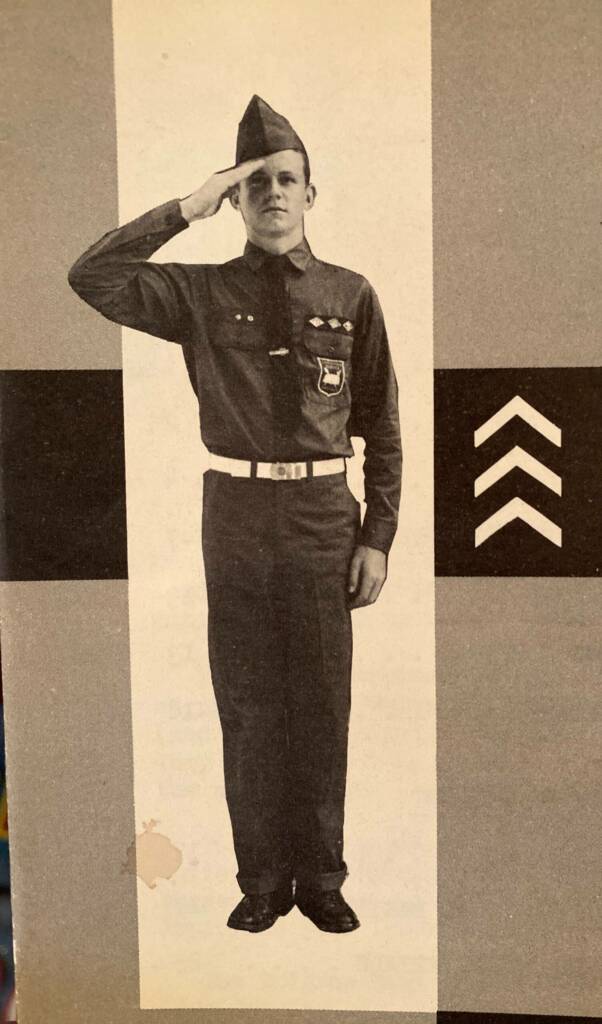
The beginnings of Christian Service Brigade were indeed humble. A college student teaching a Sunday School class of boys in Glen Ellyn, Illinois, started a weekly club program in order to challenge his restless pupils. It was not an unusual idea, for many Sunday School teachers, past and present, have wondered what to do with a gang of energetic boys in a small classroom on a Sunday morning.
- Edit ColumnRaised by his mother and grandfather, he entertained a romanticized view of boyhood which enabled him to create captivating activities for boys.
Joseph Coughlin was not an ordinary Sunday School teacher. He was a young man with a vivid imagination and a burning zeal to serve Christ. Raised by his mother and grandfather, he entertained a romanticized view of boyhood which enabled him to create captivating activities for boys.
As a virtual “pied piper” of boys, Coughlin was not hesitant to think on a-grand scale; his Sunday School class of boys could become the nucleus of an army of Christian young men marching for the cause of Christ.
In 1937 Coughlin was a sophomore at Wheaton College. The Sunday School class at the Methodist church in nearby Glen Ellyn had been his Christian service assignment. Coughlin called his boys’ group the Christian Service Squad (later, he changed the name to Brigade when he formed two squads of boys). At first, they met for games and Bible study, but the young collegian soon added crafts, marching and eventually a set of achievement tests based on a knighthood theme. He took the boys on hikes and cut notches on their walking sticks to indicate their particular accomplishments. More boys kept coming and Coughlin recruited his friend, Warren Wigand, to help him. In the summer of 1938, Coughlin wrote a small handbook that outlined the ranks boys could achieve. Step by step he constructed the lore of being a “Brigadier.
A second group began in the fall of 1938, led by Coughlin’s fellow student, Chuck McNeil, and the name “Battalion”was introduced to identify each unit. A year later, there were five more, and by the winter of 1940, Coughlin and collegians like Joe Bayly and Bob Mostrom were running 18 groups in the Chicago area.
Joseph Coughlin "Uncle Joe"
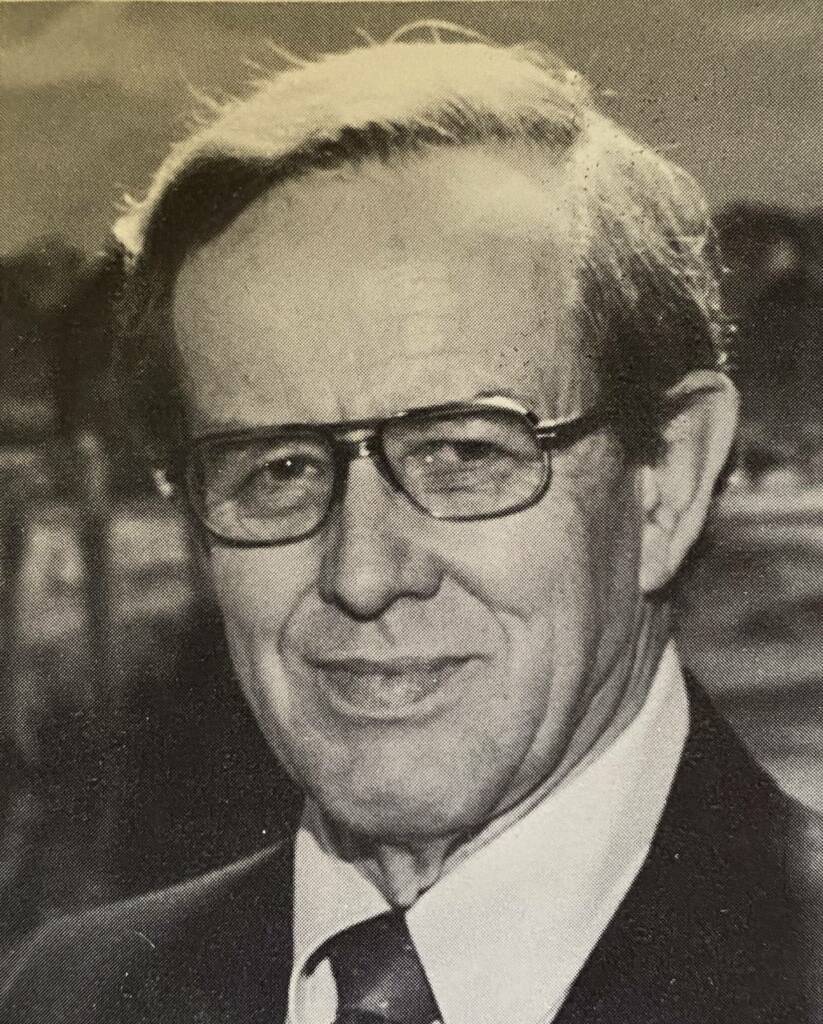
They even ran a five-day summer camp at Lake Geneva for 56 boys. Coughlin became notorious on the college campus for buttonholing prospective leaders (the fact that he was one of the few students to own a car solved the transportation problem). By the time he graduated, boys’ work was no longer a project, but a passion.
The fledgling Brigade organization was officially established in 1940. The first board members were all students. Living on a meager income, Coughlin took a room at the Pacific Garden Mission in Chicago and coordinated a growing network of Brigade units. He continued to revise his achievement manuals and expand his summer camp program. A parallel girls’ program, eventually to be called Pioneer Girls, took root among Wheaton College coeds and became a partner in Coughlin’s mission.
An Early Brigade Unit


Formative Years: 1942-1954
But the student-run ministry might have been a passing phenomenon if it had not been for the intervention of the Christian Workers Foundation. Established in 1939 by cookware manufacturer, Herbert Taylor, the Foundation was designed to invest funds in promising evangelistic programs for youth. Taylor was already assisting Inter-Varsity Christian Fellowship’s Stacey Woods and Young Life’s Jim Rayburn. When his associate, Robert Walker, introduced Coughlin to him, Taylor was immediately attracted to the Brigade work. At first, the Foundation gave scholarships to Wheaton College students willing to lead Brigade units, but in 1943 Taylor took a more aggressive role. He revamped the Brigade.board of directors, becoming its chairman, adding several Chicago-area businessmen and assigning Walker to function as the general secretary. The Foundation also underwrote half the organization’s expenses for the next year.
During this same period, Taylor encouraged the merger of Coughlin’s Brigade movement with similar evangelical boys’ organizations in Detroit and New England. By 1944, 52 Brigade units were in operation across the country, including seven in Canada. Recognizing the need for strong management and a stable financial base, Taylor and Walker recruited a young Chicago pastor, Kenneth Hansen, to be come the first full-time general secretary for Christian Service Brigade.
Hansen’s contribution to Brigade’s organizational viability was as significant as Taylor’s. From 1943 to 1948, Han sen established the Brigade work on a permanent foundation. He emphasized local church sponsorship, with full time Brigade staff servicing the churches. Although finances were always tight, Hansen was successful in getting those who used the Brigade program to share in its support. Coughlin, meanwhile, continued to develop the literature and program resources and laid the groundwork for a dozen future Brigade camps with his traveling team of teenage boys called the Frontiersmen. This elite corps of Christian males conducted rugged outdoor camps across the Midwest and Northeast which not only spurred the organization’s growth, but also enhanced its image as the church’s best antidote to juvenile delinquency, Hansen capitalized on the widespread worry about boys in trouble with the law to promote the Brigade work: an early brochure he developed urged readers to “keep those boys out of the headlines.”
Hansen was succeeded in 1948 by Werner Graendorf, a quiet but steady individual who kept the organization moving along the tracks set by Hansen. The same year, Coughlin took a leave of absence to launch boys’ work in Costa Rica under the auspices of the Latin America Mission. In tense with missionary fervor, Coughlin’s vision for boys’ work had burst out of its North American confines. The Escuadron program that he developed in the following years never achieved the success of Christian Service Brigade; nevertheless, it began a fruitful period of dialog between CSB staff and international Christian youth workers that lasted many years. With the exception of a few summer camp experiences, Coughlin did not return to the organization he pioneered until 1960.
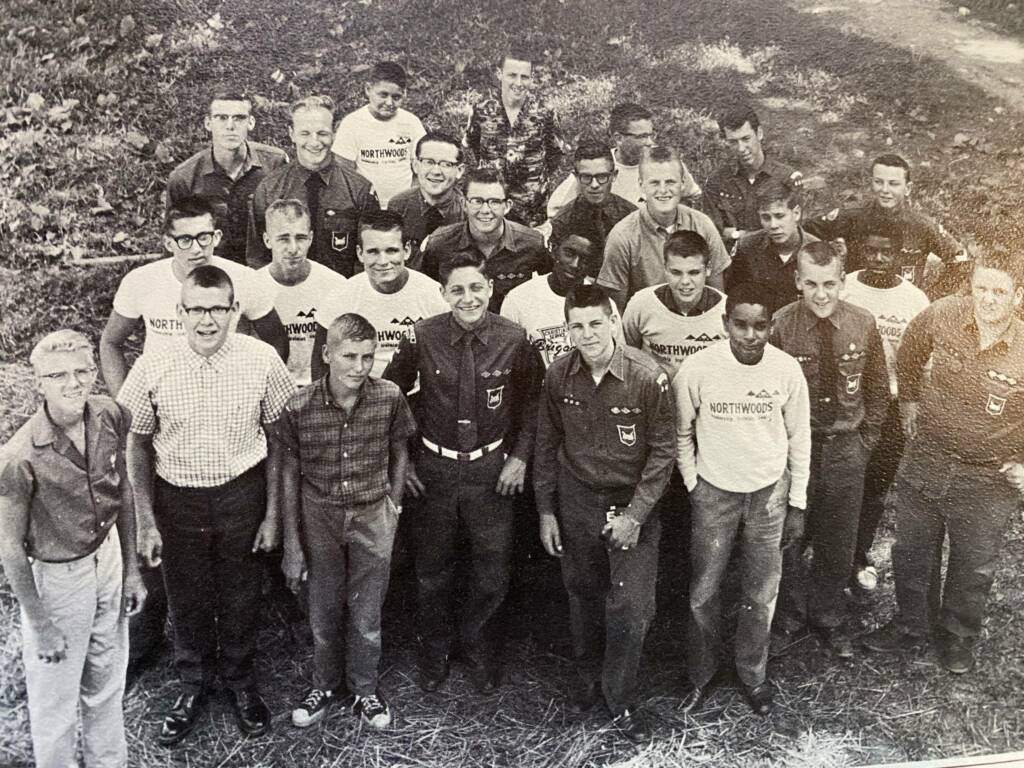

Even with this consolidation, Brigade grew only modestly during its first fifteen years, especially in comparison to Young Life, Youth for Christ and Inter-Varsity. In part this was due to the two wars that American men fought which diminished the available supply of Brigade leaders and diverted necessary resources from youth programs to more pressing concerns.
But the Brigade staff and board were still searching for the distinctive that would set them apart from other youth ministries and capture the enthusiasm of conservative churches. Both Taylor and Hansen had high hopes for the Brigade movement, believing that it could have national influence comparable to the Boy Scouts. Yet, neither were able to tum their desires into reality. The reasons for their disappointment may lie with some of he choices that were made during Brigade’s formative years.
One was the obvious preference to Coughlin and his associates for in-depth discipleship of young men rather than mass evangelism techniques. This became evident in their camping thrust. Primitive sites were selected that required tents for shelter and often lengthy bus trips to reach. Older adolescent boys functioned as junior leaders in those camps, which proved to be a powerful leadership development experience. By the mid-50s, the 10-12 regional Brigade camps spawned by Coughlin were in the process of purchasing property and building permanent campsites. The association of Brigade with wilderness camping was fixed in most people’s minds. Such an image would always be attractive to some, but not to the multitudes.
In creating the Brigade program, Coughlin initially used a knighthood theme, thinking that he could inspire boys with such ideals as courage, loyalty and chivalry. This motif proved to be cumbersome and archaic, however, and Coughlin soon replaced it with a blend of the military and outdoors theme. World War II had made uniforms, drill and military terminology popular among boys and the literature increasingly reflected this emphasis. But the complexity which this military flavor introduced made the Brigade program difficult for some to grasp, A leadership training program became necessary to teach men how to lead a Brigade unit. While thousands of men took the train ing, many more never joined the ranks.
Finally, the decision to have churches sponsor Brigade units had the effect of limiting the growth of the organization to the churches that were genuinely interested. The initiative for new programs lay with the local church. In no way could the 183 churches in 1945 or the 220 in 1953 adequately sustain the financial burdens of the small national staff that was attempting to serve them. In addition, the churches with thriving Brigade programs were investing time and money in regional camp development. While strengthening the movement at the grass roots, it did not enhance the ability of the central office to promote the work at the national level. Several attempts to build a network of “Brigade Dads” whose regular financial contributions would fund organizational growth were partially successful.
"His vision began as a burden and grew into a movement. His dream was not to build an organization and be its leader but rather to mobilize young men for Christian Service."
– The Brigade Trail
Major Expansion: 1955-1970

If organizational uncertainty and less than favorable conditions combined to keep the organization strapped in the late 1940s and the early 1950s, their opposites worked in Brigade’s favor after 1955. The next fifteen years were marked by significant expansion throughout the United States and Canada, the full-scale development of camping, program literature and field staff service, and a bold effort to stimulate Christian boys’ work on a worldwide scale.
After several years of wooing by Taylor and Hansen (who after 1948 became a major force on the board of directors), New England Baptist pastor, Joseph Bubar, accepted the leadership of the Brigade organization in 1955. Bubar had been active in the New England Fellowship, and was an ardent Brigade supporter who personally directed the Brigade camp in Maine. He proved to be a capable leader, warmly regarded by evangelical church leaders and admired deeply by his Brigade staff.
During his tenure, Bubar greatly enlarged the size of the staff, adding several experienced pastors and a contingent of eager college and seminary graduates. Equipped with revised program literature that sparkled with contemporary graphics, these men carried the Brigade message to 45 states and 9 Canadian provinces. They were aided by several denominational endorsements and a healthy relationship with the Pioneer Girls organization. In addition to launching Brigade units, the staff provided program leadership for 22 Brigade camps, conducted Christmas-break conferences for teenage leaders and fall training conferences for men.
By the 1960s, the Brigade organization enjoyed the benefit of several strong regional Brigade centers. For example, such areas as Metropolitan New York, northern Ohio, eastern Michigan, the Delaware Valley, the Twin Cities and southern California, each revolved around a Brigade camp operated by the churches of the region and a core of dedicated men who worked tirelessly to build up the Brigade work in their region. Each had “area committees” of veteran Brigade leaders from various churches who sustain ed numerous activities for boys and men. In most cases these men eventually passed the torch to younger leaders and thereby built regional Brigade traditions that have continued to this day. One consequence of this regionalism was its tendency to preserve the existing Brigade units and slow down the usual turnover in local church programs.
An even larger regional development was the emergence of a separate Canadian Brigade organization. Because of rapidly growing interest in Brigade among Canadian churches (and the problem of shipping Brigade supplies across the border), the CSB staff opened an office in Burlington, Ontario, in 1963.
By then, over 100 churches were using the program and a dramatic surge of additional units followed as the CSB staff extended its contacts into western and eastern Canada. In 1967, the Canadian staff stepped out on their own under a license agreement worked out with the U.S. board of directors. They represented, at that time, one-fourth of the total Brigade constituency.
Even as the organization’s staff was struggling to keep up with expansion, they accepted the challenge of building and operating a national training center in northern Michigan. The impetus came from Herbert Taylor who donated 1,800 acres of property near his boyhood home for the specific purpose of establishing a leadership training center. The site was only a few miles away from a similar camp he provided for Inter-Varsity. Bubar and his colleagues took up the initial challenge of raising $60,000 to erect buildings and developing a unique program that was to be the “West Point” of Brigade camping. Beginning in 1960, the North woods staff operated an innovative camp which included flight training, wilderness survival, shortwave radio and sailing instruction for older teenage boys. They also began conducting advanced leadership training for men and added missions seminars and family camp in later years. Theim mediate effect of the Northwoods adventure was to boost the prestige of those who attended and enhance the reputation of the organization among Christian educators.
In 1960, Joe Coughlin rejoined the Brigade staff in the newly-designed post of missions secretary. His agenda was to apply the principles of boys’ work learned in North America and Latin America to other cultures and assist missionaries, in particular, to establish indigenous boys’ work around the world. In several cases, mission agencies like the Africa Inland Mission, had assigned one of their staff to develop youth work in a particular country. Working with Coughlin, these individuals created several Brigade like organizations. Coughlin maintained working relation ships with church leaders in 14 foreign countries during the 1960s. He also ran missions seminars, missions career conferences and published a journal. When Coughlin left the organization again in 1970 (this time to complete a doctorate with a view toward teaching), he had spawned in numerable ideas about cross-cultural youth ministry that continued to impact the development of Brigade materials for years to come.
This period of growth was also stimulated by the changing urban landscape which directly impacted evangelical churches. Following World War II, a mass exodus of young families to suburban homes occurred in almost every metropolitan center. Unable to purchase a house in their parents’ neighborhoods, the returning veterans headed for the housing developments that sprang up around the city. Behind them came new schools, shopping centers and churches. Their children formed the “baby boom” that quickly filled the church nurseries and Sunday School classrooms. The new suburban churches were less tradition-bound and far more anxious to provide a total package of programs for the entire family. Brigade programs were direct beneficiaries of this phenomenon, for they inherited both men and boys. Not surprisingly, CSB field staff found themselves besieged with requests to start new Brigade units.
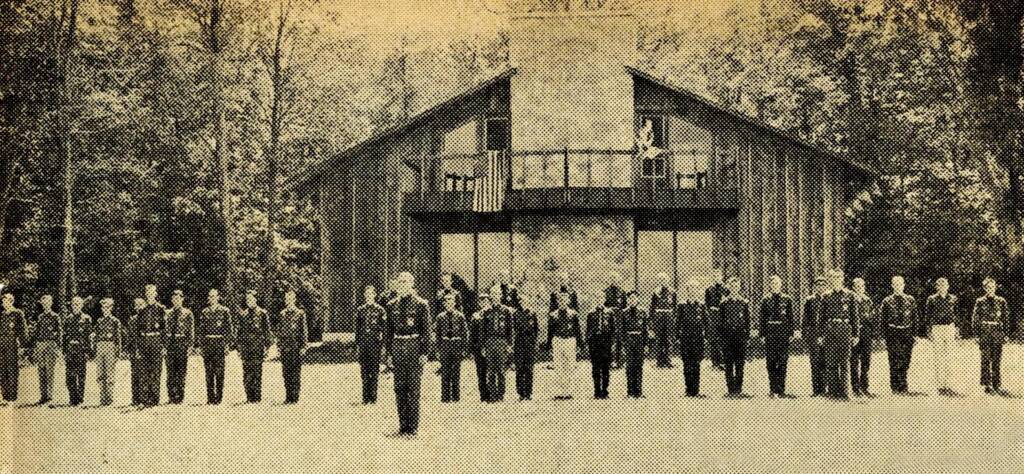
A Battalion formation of Northwoods Camp trainees stands in front of Kresge Lodge
Mounting Challenges
1971-1987
The era of rapid expansion slowed considerably in the 1970s as the movement encountered a series of stiff challenges to its status as a premier evangelical youth organization. While certainly not without its positive highlights, the period since Bubar’s retirement in 1969 has been mark ed by a tightening of resources and an increase of problems to be solved. The cause for these difficulties can be traced to both internal and external factors.
Sam Gray was appointed executive director in 1970. A member of Coughlin’s Frontiersmen team when he was only 15 years old, Gray had worked in the CSB office since 1954. He had edited the popular boys’ achievement manuals that appeared in the 1950s and was respected by the CSB board and staff for his steady temperament and his dedication to conservative fiscal management. Both qualities were needed because Gray inherited a serious deficit that had been created in part by the Northwoods investment. He also took over a staff that was divided over the organization’s priorities for the future.
During the late 1960s, the ferment of the youth culture and its rebellion against tradition had spread into the Brigade organization. Leading staff members contended that the existing Brigade programs were no longer relevant to contemporary youth and that more flexible, open-ended approaches were needed. They campaigned for a “wider outreach” to all men and boys regardless of their participation in Brigade programs. Inevitably, this emphasis generated resistance among others who insisted that the time honored methods could still produce results. The latter also grew impatient with the nebulous quality of the “wider outreach” proposals. Ultimately, the board rejected these proposals and several staff members departed.
While the staff renewed its commitment to maintaining Battalion and Stockade programs, they struggled with a steady decline of groups in the late 1970s and early 1980s. Concerted efforts to achieve growth through revamped curriculum, audiovisual resources and vigorous staff work were only partly successful. One response was to develop new programs in order to discover other areas of potential ministry. In 1977, under Gray’s leadership, a program for primary-age boys was launched with the specific goal of involving the fathers of these boys. Called Tree Climbers this attempt to reach young fathers met with positive results.
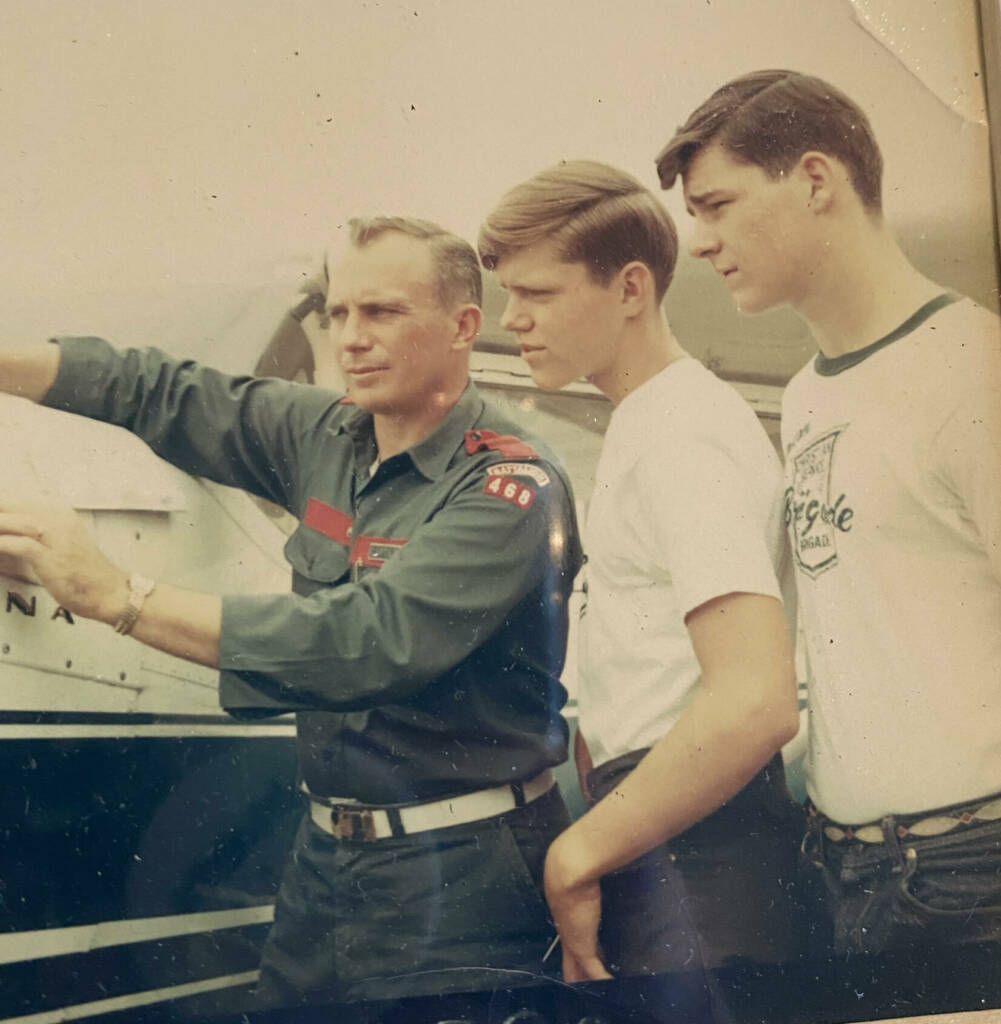
By 1986, Tree Climbers programs were functioning in several hundred churches, and CSB staff were operating successful father/son events and even offering father/son weeks at Brigade camps. By the mid-1980s, Gray was able to create the environment for change. The staff began experimenting with a wide range of new program ideas, including ministries to young adult men, small churches and fathers with daughters. They also took seriously the needs of urban black churches whom most white evangelicals had neglected in their flight to the suburbs. In 1982, Christian Service Brigade was adopted as an official youth program by the Church of God based in Cleveland, Tennessee. Within four years, almost 500 congregations, mostly in the South were using Brigade programs. Clearly, the environment in which Brigade programs had functioned so well for 30 years was no longer as conducive to numerical growth. Several major shifts had occurred within evangelical churches.
First, conservative fundamentalists, both in the United States and Canada, parted company with their evangelical brethren during the 1970s over such issues as modern speech versions of the Bible. The Brigade constituency included churches from both wings. Consequently, the organization suffered the loss of some of its fundamentalist supporters because of its image as a mainstream evangelical agency.
A second trend affecting boys’ work in the local church was the increase of professional youth staff in evangelical churches. Responding to the demands of families for exciting youth programs and pastoral attention to their teen agers, churches of even modest size began hiring full-time youth ministers. In most cases, this staff position was dis tinct from the director of Christian Education and often attracted college graduates who enjoyed socializing with young people. This new role tended to reduce the involvement of other adults in the youth program, including men who had been Brigade leaders. This de-emphasis on adult volunteerism by a turn toward professionalism affected other ministries as well.
The youth population itself was shrinking by the late 1970s as the baby boom generation passed into adulthood. Both public schools and churches felt the effects of less children. Competition increased among youth-serving organizations to maintain a share of the market.
Despite these obstacles, the CSB organization proved to be as resilient as it was in its earliest years. Financial strains became familiar to the staff who learned to operate on tight budgets. Not only were new program ideas being explored, but additional staff were continually recruited. Their energy and dedication to evangelizing and discipling boys enriched many local churches and the Brigade camps which they led. It is not exaggerating to say they made up in quality what they lost in quantity.
At the Heart, Brigade Has Always Been
God's Word
BUILDING GODLY
A Man
MEN OF TODAY
And A Boy
AND TOMORROW
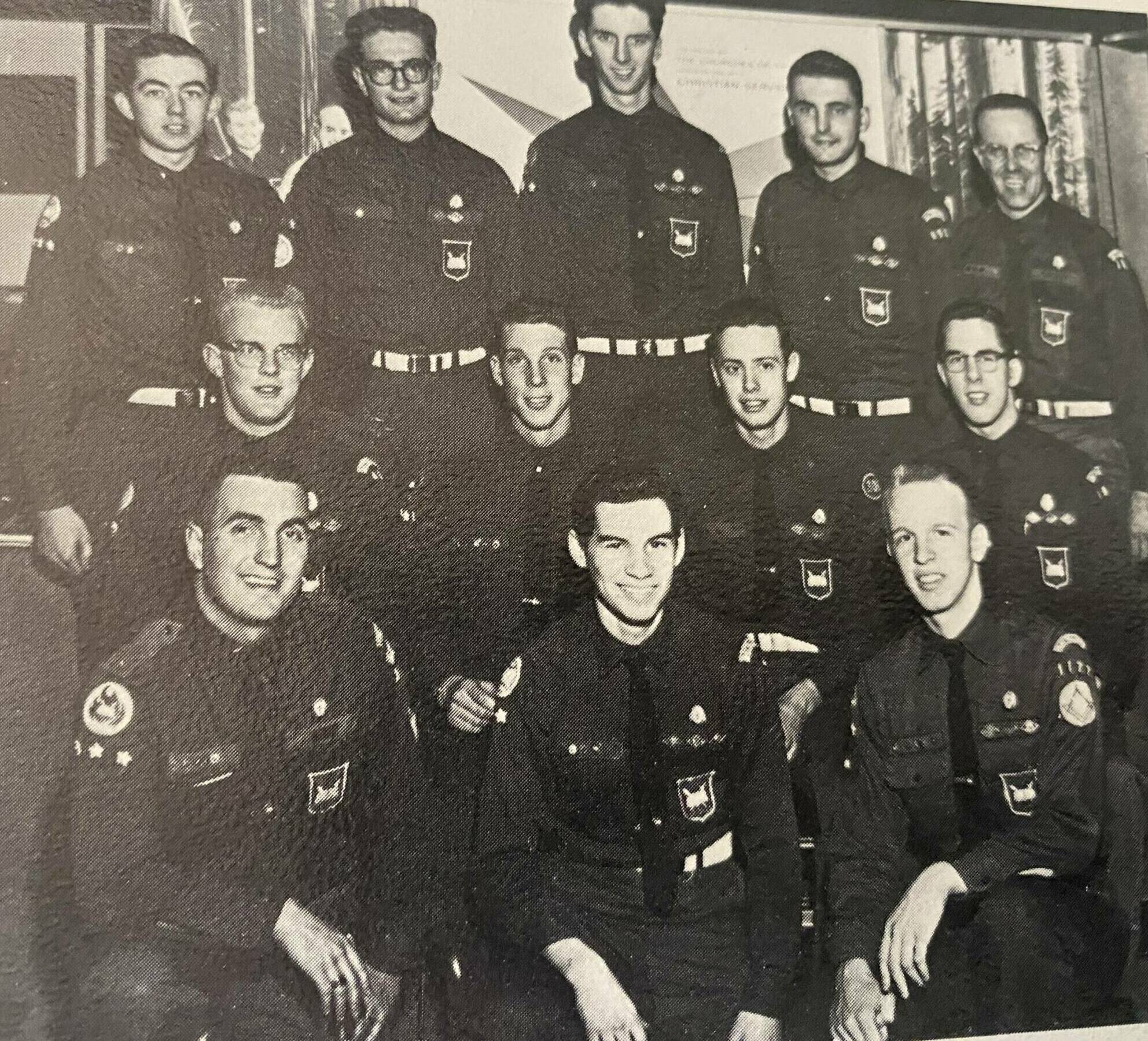
The story of Brigade may be considered a parable of the kingdom of God. The mustard seed of one man's burden for boys grew into a huge tree of ministry involving thousands of men and boys.
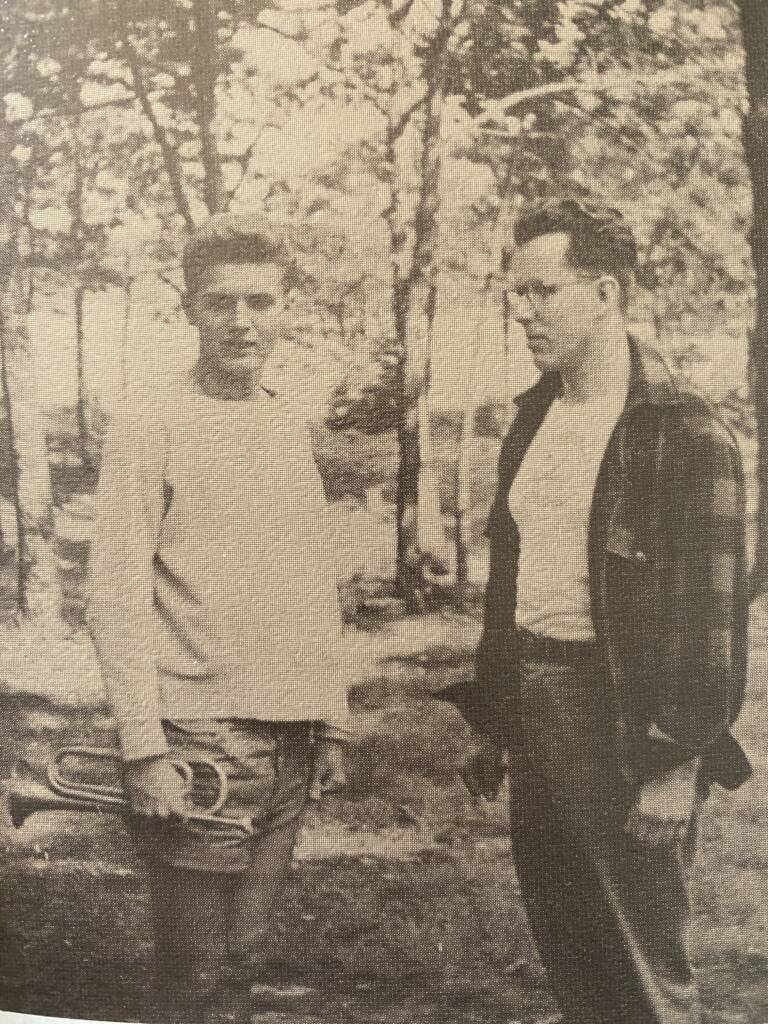
Concluding Themes
This brief historical account has chronicled the ups and downs of a ministry led by men whose resources were never abundant but whose zeal to “win and train boys for Christ” was unlimited. Their mistakes and shortcomings should not be hidden, for they serve as lessons for the future, but they also point to a more astound ing truth: God uses humble men to establish His church. Just like Jesus’ disciples were common men, the thousands of Christian men across North America who made their way to weekly Brigade meetings or weekend Brigade outings have all been average men from average churches. Books will not be written about them, but the record will show that the friendships they created with individual boys paid immense dividends for the kingdom of God. On the eternal scale, their work will indeed weigh heavily.
The story of Brigade may be considered a parable of the kingdom of God. The mustard seed of one man’s burden for boys grew into a huge tree of ministry involving thousands of men and boys. Without question, God richly blessed the faithful work of pioneers like Joe Coughlin. He multiplied the impact of those earliest Brigade units over and over, producing several generations of Christian men whose lives were distinctly shaped by their Brigade experience.
One might ask: What are the unique contributions of Christian Service Brigade during the past 86 years? What difference has it made for the cause of Christ? The most obvious answer is the thousands of boys who professed faith in Christ around a campfire or in a church basement. Beyond them, the thousands of Christian men active in the church today because of the influence of a concerned Christian man when they were boys. The personal stories of all these boys, now men, form the real story of Brigade.
Yet, the organization itself will be known as an outstanding form of evangelical boys’ work that achieved a remarkable balance of spiritual depth, leadership experiences and physical challenge, ideal for almost any North American boy. Christian Service Brigade has always brimmed with progressive ideas and unique personalities, usually more than could be managed at one time. It should be remembered as a testimony to the diversity of God’s people who, in spite of great differences, were able to work together.
More could always have been done by its staff and its members, but what has been accomplished stands firm.


